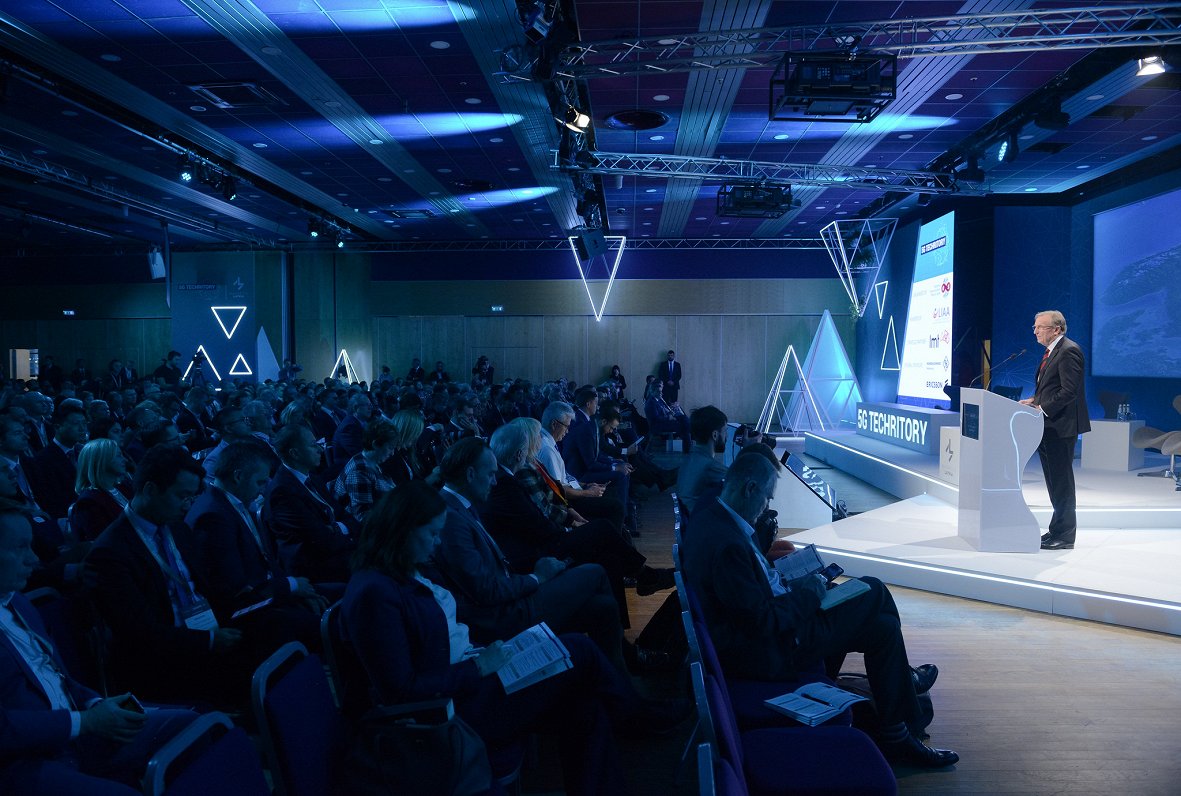First of all a quick reality check. Unless you're a gamer in the billion dollar exports industry where being milliseconds faster than your opponent can be the difference between “life and death”, or a high-value stock trader where a millisecond difference in making a trade can save or lose you large sums of money - you can probably do everything you need to with 4G internet just fine.
Internet of Things
While at the moment the main beneficiary of 5G is industry, the real day-to-day benefit for consumers will only appear in the future. A great way to think about the future benefits of 5G is to think about it like installing bigger “pipes”, which will allow faster and greater amounts of internet to “flow” through them. If today each person only has a handful of devices connected to the internet, in the very near future we will have an exponentially growing number of devices all around us connected to the internet of things (IoT).
We can start to expect the first 5G consumer devices around the beginning of 2020 in Latvia, but Founders Space Captain & CEO Steve Hoffman asserts that in the future we won't even have to own that many devices.
“In the future we can increasingly expect to see “device as a service”, where you'll just go on your phone and whichever robot you need will come to you, do the job, and then go on to the next one,” says Hoffman.
Some ideas that once seemed far-fetched are now close to becoming a reality in Latvia. Just this week Road and Traffic Safety Department (CSDD) Rīga Deputy Director Alberts Krūmiņš mentioned preparing drivers for driving on the road with self-driving cars in the near future. Latvian Radio interviewed the Dutch creators of a robot that cares for patients with dementia. 5G will provide this new technology with the cable experience on a wireless network.
Will Townsend is a Moor Insights & Strategy senior analyst covering networking infrastructure and carrier services, and according to him the most important benefit of 5G is latency speed, or the amount of time from when you touch the button for the technology to respond.
“5G can offer an under 5 millisecond latency, and with this sort of tactile response things like telesurgery, where a surgeon remotely performs an operation, will become a reality in the next five to seven years,” says Townsend.
Latvians have already created a virtual reality trauma simulator to train US Army medics for surgery. The first telesurgery in the world has been carried out in China, so how long before a company like Exonicus provides these opportunities right here in Latvia?
Regional development issues, from lack of doctors to teachers, have long been a problem with Latvia's limited budget. Townsend asserts that the technology that will be enabled by 5G will be able to provide various day-to-day solutions for those living outside of Rīga. 5G industrial automation solutions can even help with such problems as a lack of workforce.
Industrial use
LMT Vice President Ingmārs Pūķis is confident in the current development of 5G in Latvia. LMT has chosen several focus business verticals, such as defense, public safety and mobility.
“There has been an explosion of technological products and services, and mobile internet will become the integrator,” says Pūķis.
He explains that new technology, which will run on 5G, is replacing all sorts of old technology. For example, computer vision is cheaper than legacy sensors, and the government has been very forthcoming with setting up test bed areas. LMT currently has a computer-based red light camera pilot program in Liepāja.
Another big benefit for industry will be the opportunity to set up private 5G networks for businesses or production facilities. LMT has such capabilities, although they have currently yet to be deployed.
Is it dangerous?
As in the rest of the world, Latvia has seen its fair share of conspiracy theories around the physical dangers 5G could pose to our health. The higher number of base stations might be the cause of concern but there is no evidence to support health risks. Townsend explains how the panic may have been provoked.
“WiFi uses unlicensed spectrum at lower bands, but 5G uses many including higher bands for mmWave deployment. For mmWave, this means a shorter signal strength, and a greater number of base stations will be necessary to ensure an uninterrupted flow,” says Townsend.
The other main fear heard both abroad and in Latvia is possible Chinese government access to data through the private Chinese company Huawei. While the US government claims to have credible evidence of a built-in backdoor to data, it has yet to release concrete proof, citing national security concerns. For its part, Huawei has taken many steps to increase transparency by opening source codes and allowing international experts to closely examine their technology. It also must be pointed out that 5G networks in Latvia are run by Latvian operators.
The 5G Techritory conference gathered industry and policy experts from around the world in Rīga on November 27 and 28 to discuss the present situation and future possibilities related to the implementation of 5G technology.






























